What is a library for? When I was studying, I would take my books to the beach or, failing the good weather that heralds exam time, to a nice cafe. If I was somewhere I wanted to be, I reasoned, I’d find it easier to get stuck in. Many will be familiar with similar attention failures, but what about those who have different difficulties with spaces designed to inspire concentration?
The librarians at University College Dublin have tackled these issues head-on, and with Reddy Architecture + Urbanism, have completely redesigned the third floor of the James Joyce Library. Serried ranks of grey chairs and white tables have been swept away, concrete columns have been reclad in sound-absorbent cork and ash, other wall surfaces have been covered in linen with an iridescent sheen, and warm wood has been used for desks and chairs. Within this, the concrete Brutalist shell of the building remains. Surprisingly, it even thrives.
The design has been done with sustainability in mind, and existing fittings and fixtures have been donated to individuals, community groups, schools and charities. On first glance, the new space feels more like one of those Instagram-ready aparthotels, or possibly an evolution of that generation of bookshops that prioritises coffee and cupcakes, pens and paraphernalia over actual books. Then again, it is only the first week of term, and the majority of the more than 500 desk spaces are already occupied.
Headphones and earbuds aid concentration, but here and there is the low murmur of conversation. To one side are a pair of smaller spaces, designated for fully silent study. There is, however, a total absence of actual books on shelves. “We are redesigning the library in stages,” explains UCD Librarian Dr Sandra Collins. “Starting with the third floor, because it held academic journals.”
READ MORE
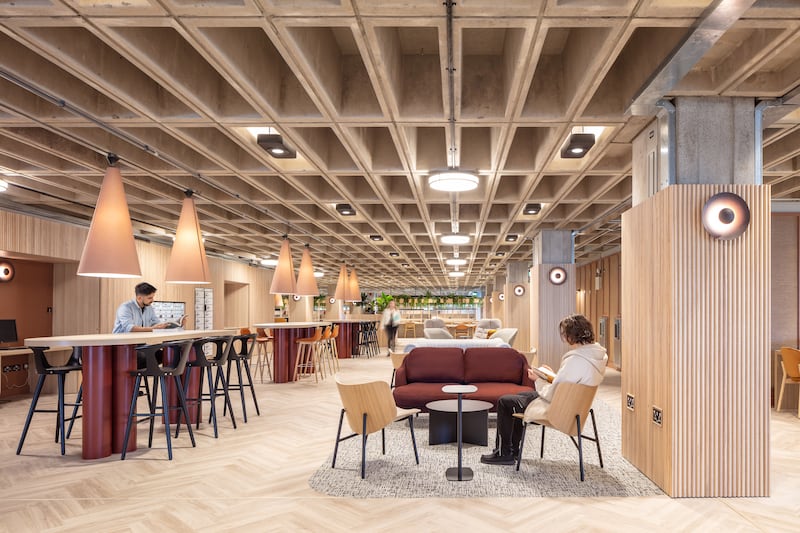
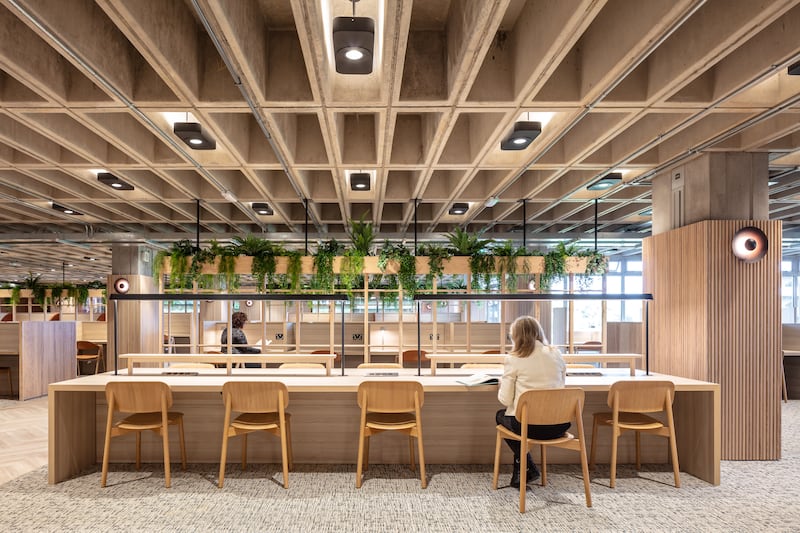
Covid, she explains meant the majority of journals went online, and so while books, and journals will always be at the heart of the library, how students use them has changed. “Book borrowing went down by ninety per cent during Covid,” she says. “That was unsurprising, but it has stayed low since then.”
What haven’t stayed low are student numbers. In 1975, there were 9,802 students in UCD. Today, there are closer to 33,000. Covid accelerated the digitisation of books, but alongside study space, surely browsing has to be at the heart of the library experience? Collins agrees, and for comparison shows me around the second floor. Here are acres of those white desks, almost all unoccupied, and alongside, are shelves upon shelves of books.
It is a chilly and unwelcoming space, but seeing them, I do realise how much I love libraries. There is a blue-bound book on “The Residue of Ritualised Action”, which claims to explain Neolithic Deposition Practices in the Middle Thames Valley. And a companion volume on Middle Saxon Settlements in the Cambridge Fens by a man called Andrew Mudd (with Michael Webster). Elsewhere I see a book on the history of violence in the British Empire, which seems a little short for the extent of its subject.
Some books are exceptionally well-thumbed, some seem almost untouched. “There are stories in the stacks,” confirms Collins. As the James Joyce Library needs to continue operating throughout the refurbishment, Level 3, all two and a half thousand square metres of it, was the sensible place to start. Many of the journals hadn’t been touched in years, and access is still available online through academic publishing channels.
The design process involved inviting students to write love letters, and break-up letters, to the old library, which was originally designed by Sir Basil Spence Glover & Ferguson in the 1970s. It included questionnaires, such as the one devised by the architects, which revealed such nuggets as the five phases of study that run throughout an academic year: beginning with relaxed, and increasing in intensity through open, to semi-focused, to focused and ultimately to silent. The project also bore fruit. “There was a fossilised banana or two,” laughs Collins, who says you might be surprised at the things that are found in libraries.
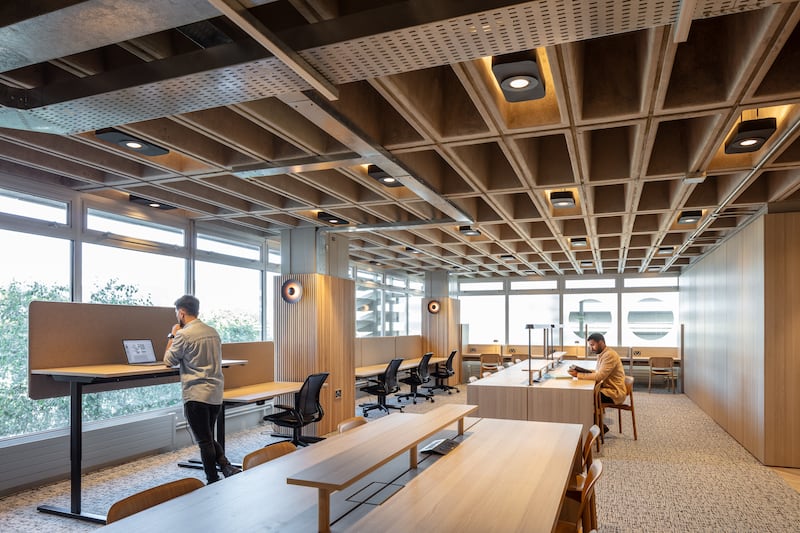
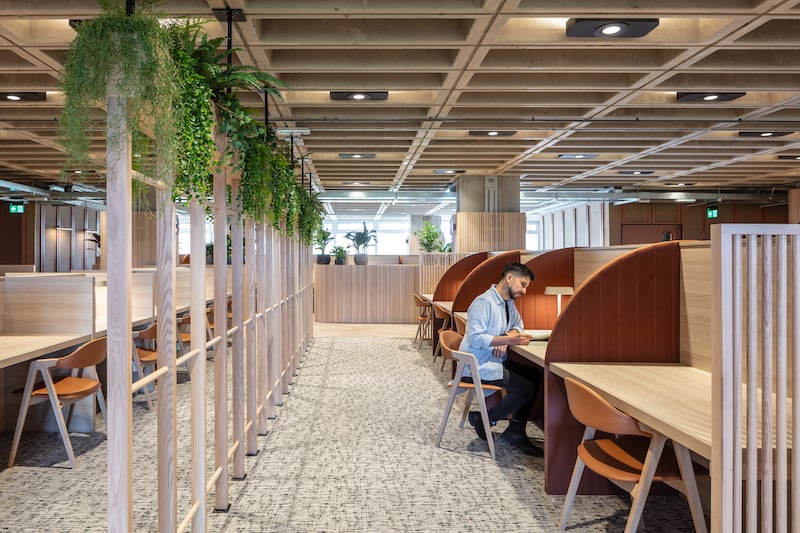
She and the team at UCD explored other libraries to find out what worked and what didn’t. Katherine McSharry, UCD’s cultural heritage director, picks out the Bodleian’s Weston Library in Oxford for the way in which it opens the library up to the community with a cafe and public exhibition centre. “UCD holds the National Folklore Collection,” she explains. “As well as the UCD Archives and Special Collections.” These will form part of the forthcoming refurbishment of Level One, and be more accessible to the general public. Whether you’re a student, or a member of the public, she says, “every single barrier is cumulative. There may be stairs, an access gate, a person behind a desk. Individually they may not seem much, but they build to become significant”.
Collins, who was at UCD as a student three decades ago, recalls those initial intimidated feelings as she attempted to navigate both the campus layout, and student life. Her daughter has just started her first term as a fresher. As we explore the library, peer mentors in blue T-shirts are showing groups of new first years around. Who is to say which one of them might end up changing the world?
“Students spend a lot of time in the library,” she says. “More so with the difficulties in finding accommodation. They may not be able to just nip home, or their rooms might be very small, or noisy. They want to use the space here, they like the sense of common purpose. You can’t be in a university,” she continues, “and not love books.” You also can’t be a librarian and not love books. Her, and McSharry’s enthusiasm is infectious.
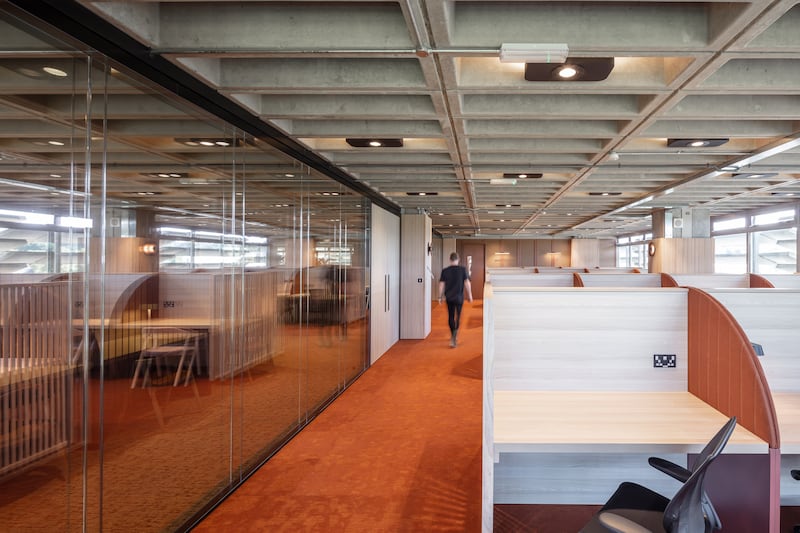
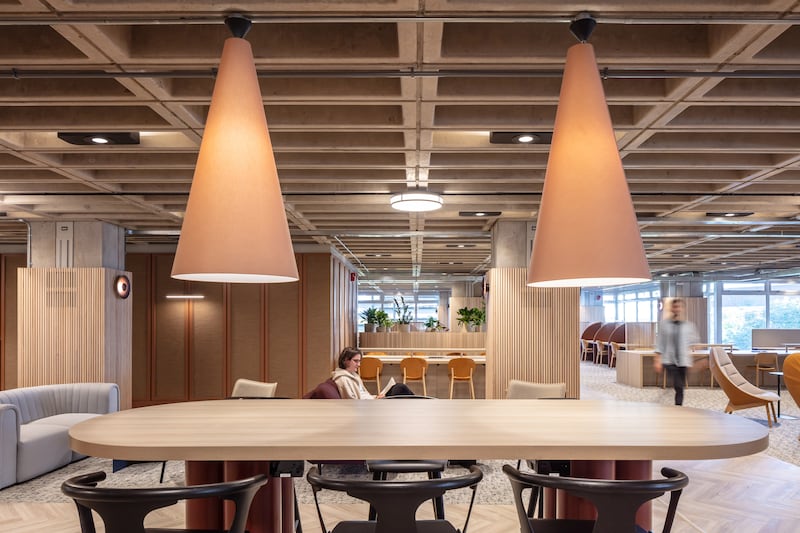
Still, the love letters and break-up letters reveal the course of that love did not always run smooth. “Dear Library,” writes one student. “You’ve been there through thick and thin, and by that I mean I’ve visited you thrice, but I’m only in first year so maybe we can work things out?” “Dear Library,” insists a more frustrated lover. “You really do not understand my needs (more study spaces, and WITH POWER). That’s why I have been cheating on you and have been studying elsewhere ... Sincerely, your secret bibliophile.”
Another letter, backed up by research from Reddy Architects, and consultation with the Autism support group ASIAM, and the on-campus UCD ALL, revealed further barriers to studying. “Dear Library, I would love some autism-friendly (or neurodivergent-friendly) spaces in the library. I’m autistic and find the library a very difficult place to be in. It is not a suitable place for me to work in. The open spaces are too distracting and the individual study spaces are cold, with extremely harsh lighting and an under-stimulating set-up.”
Redesigned spaces on Level Three meet these needs with break-out rooms that include tactile surfaces, and areas to self-regulate. There is also a study room where light levels can be re-set, and colours changed. There are individual rooms for Zooms and other remote meetings, and a bank of docks where students can park their phones for charging – and simply to lock away their potential for distraction.
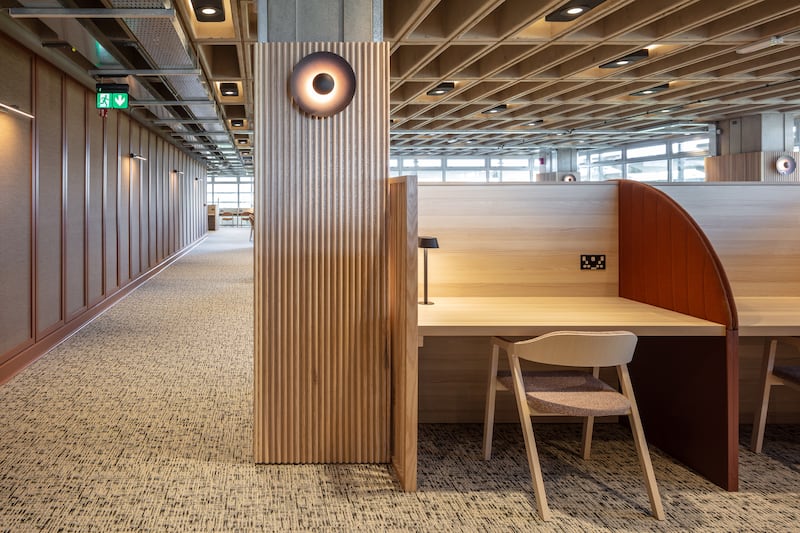
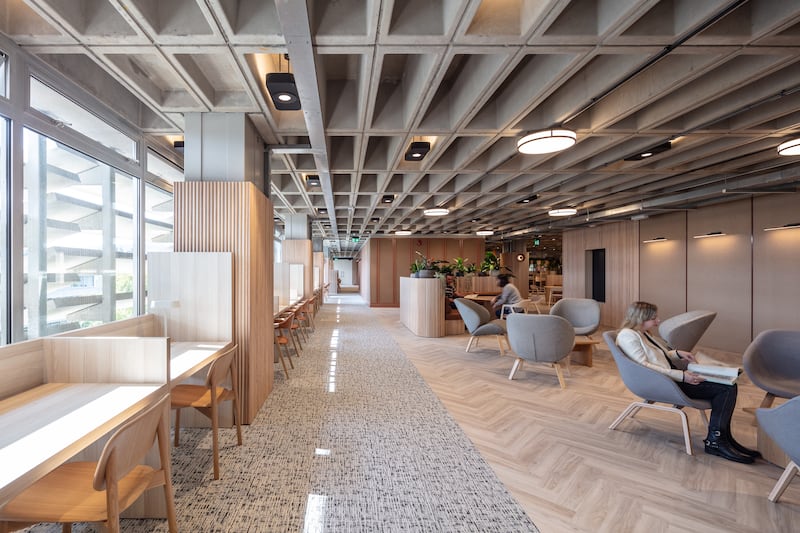
The presence of these indicate another way in which libraries have changed. Once they were said to be the holders of the sum total of the world’s knowledge. Now, it can be argued, that lives in the cloud, freeing up the library to fulfil new roles. “One of the things the students say, again and again, is the library is one of the few places on campus where you can just be,” says Collins. “No one asks you for money, and no one moves you along.”
That is not to imply books have no role in the new James Joyce Library. They will be, literally, centre stage as the other floors are revamped. The old layout had bookshelves round the edges, with desks in the centre. “The plan is to put them in a central spine on levels two and four,” says Collins. “There are more than 600,000 items, and thousands of linear kilometres of shelving.”
She also insists that digitisation is no threat to book browsing at UCD. “Digital is actually more fragile than paper,” she says. Whether it’s obsolete systems, power outages or hacking, digital preservation is a pressing issue. There are other, greater threats to libraries. The Great Library at Alexandria, said to have held half of all the knowledge of the world, was, according to popular myth, destroyed by fire in 48BC. In fact, it undergone a long decline, started one hundred years previously, with the hounding of Alexandria’s intellectuals, leading to the resignation and exile of the head librarian.
Whatever way knowledge is housed, libraries matter, as non-commercialised spaces to browse, study and crucially, to think. And while many are yielding book space for meeting space, browsing the internet has never revealed the same level of connection, the same chance finds, the same serendipities. Digitised passages from books highlight someone else’s idea of the significant, but a really good library puts you back in control of where, and how you’d like to let your mind go next. Long live the library.


















